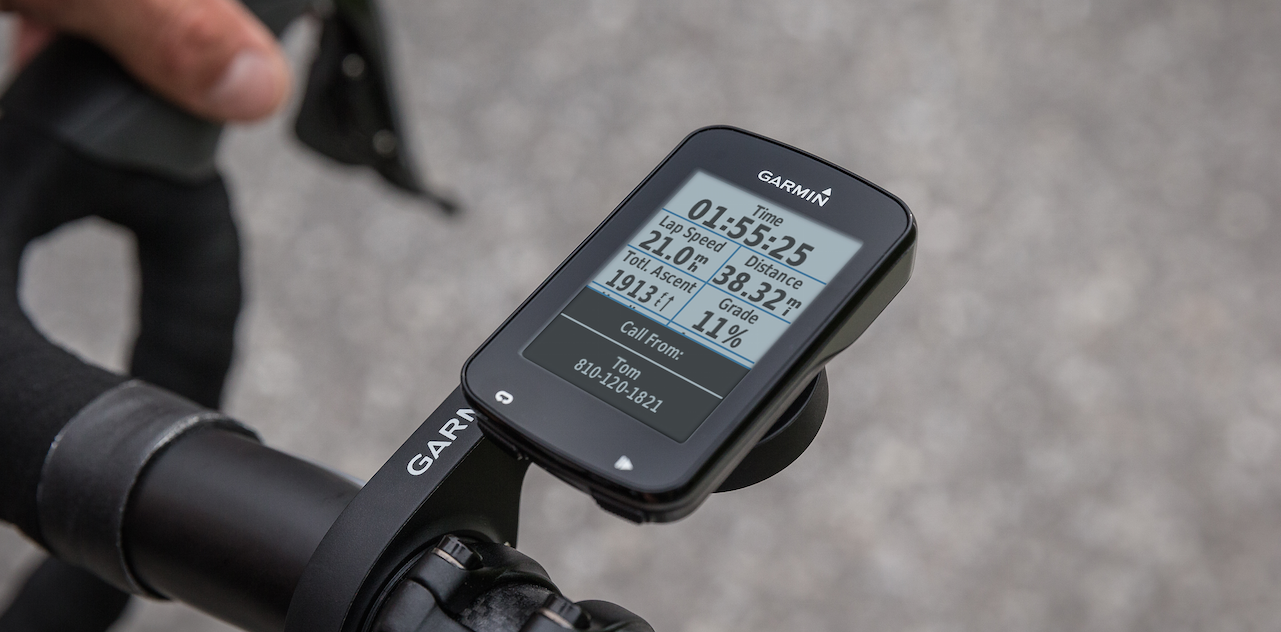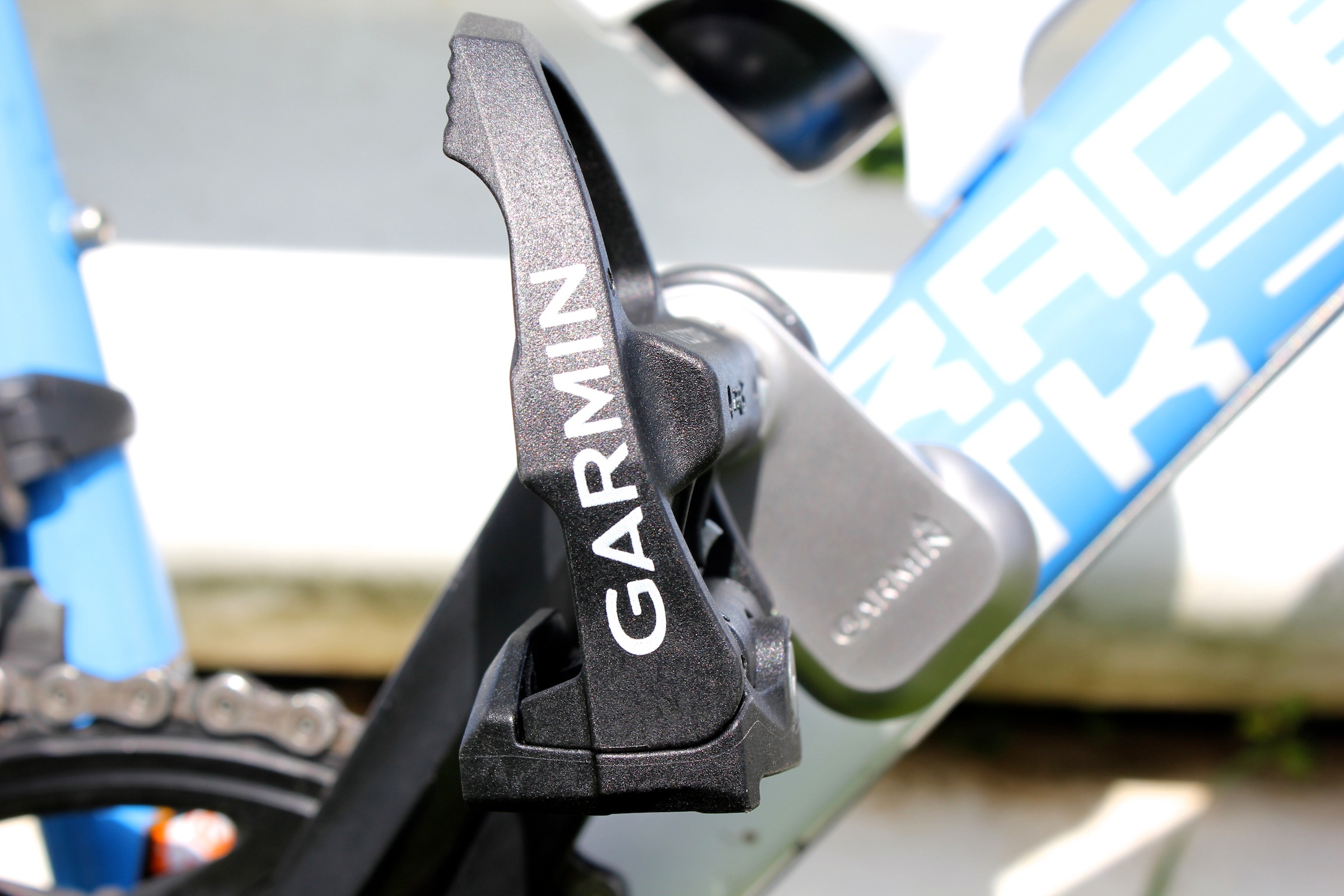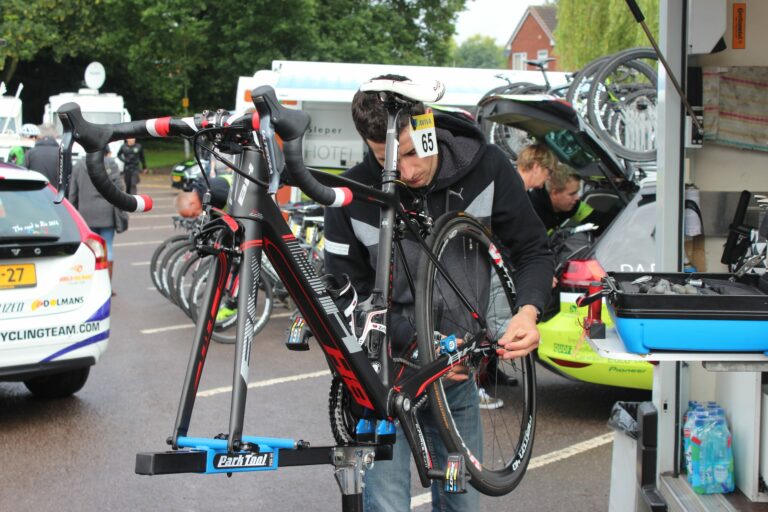One of the greatest joys – aside from freedom, exploration, and the wonders fresh air can do for the spirit – that we get from cycling is seeing improvement.
Hitting pre-set targets can work wonders for your confidence – not just on the bike, but elsewhere in life as you see quite how much you’re capable of.
Every rider will have different goals – these could be distance, performance or health and fitness related. You may want to ride your first 100km, whilst your best mate wants a new 10 mile personal best and her friend could be trying to drop a dress size. All of those goals are positive (provided the weight loss seeking rider will be healthier one dress size smaller) and no goal is greater than another in our eyes.
Initially – getting closer to your goal might seem simple – ride a little bit further, a little bit faster, drop an extra pound here and there. However, if you’re bringing in more structured training to get you closer to your prize the journey can become harder to track. Thankfully, there are a few methods of doing this – each with their pros and cons.
Your goals

Firstly – how you use your tracking tool will vary depending upon your goal – here are the three main groups we’ve looked at:
Reaching a set distance – In your case, you’ll be working on gradually increasing your mileage. It’s important to you that on rides that are pushing your boundaries in terms of length don’t push additional boundaries in terms of speed. Therefore, on those long rides you’ll want something to help you keep the intensity fairly low, pacing the effort evenly so you know you can get to the end. You might also want to complete some higher intensity rides mid-week to help you increase the power in your legs, therefore making each long distance pedal stroke feel easier.
Achieving a speed orientated goal – If you want to get faster over a set distance, you need to break that distance down and practice going even faster over small chunks – gradually working towards making those durations longer. In this pursuit, training tools will help you to know when you’re riding hard enough to produce the desired effect. Between your hard sessions you’ll also want to do some low intensity rides to help you build up a base of fitness, and a training tool will help you make sure these are controlled.
Lose weight – Your body reacts differently to varying levels of intensity. When keeping effort fairly low, you’re most likely to burn through fat, whilst high intensity rides burn up more carbohydrates – so many weight loss seekers will stick to predominantly the ‘fat burning zone’. This said, constantly riding at that intensity has a tendency to get a little bit boring and high intensity training is believed to promote calorie burning for longer after the workout. A training tool will help you to mix it up more, giving you goals to chase in each session and keeping it interesting.
In all three cases, training tools can be used to ensure that your workouts are carried out at the right intensity for your goal. So, how do you monitor that intensity without relying on speed – something that changes with the wind direction and can’t be tracked indoors?






